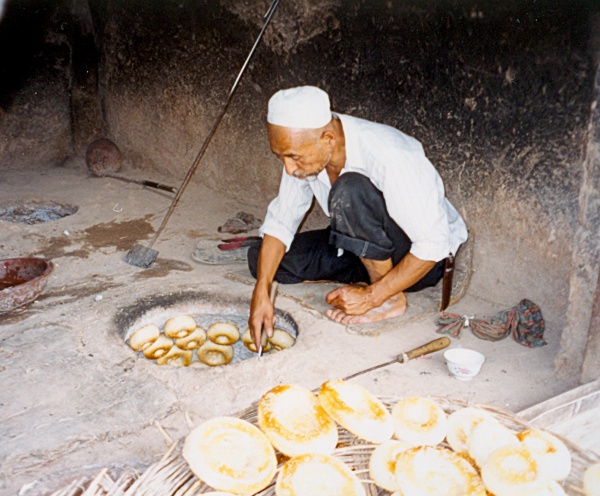Facts About Tandoor bread
Tandoor bread is a delightful type of bread baked in a special clay oven known as a tandoor. This ancient cooking method dates back approximately 5,000 years. Archaeological evidence of these clay ovens has been discovered in regions such as the Indus River Valley, Afghanistan, Pakistan, Iran, and Central Asia. The term "tandoor" itself has linguistic roots in Persian, Arabic, and Akkadian, all of which allude to fire and clay.
In India and Pakistan, tandoor ovens are more commonly found in rural areas than in urban centers. This disparity is largely due to the high cost of constructing and maintaining these ovens. In the countryside, communal tandoor ovens historically played a significant role, serving as gathering places where people not only baked bread but also socialized. However, as urbanization progressed and lifestyles became busier, these communal ovens began to decline. Today, city dwellers often depend on local bakeries for their tandoor-baked bread.
Different regions boast their own variations of tandoor bread. In South Asia, particularly in Pakistan and India, naan and roti are especially popular. In Central Asia, a type of tandoor bread known as tandyr nan is prevalent. Other regions, including West Asia, Iran, and even the Caribbean, have developed their unique interpretations of tandoor bread.
The quality of tandoor bread is influenced by its physical and chemical properties. Bakers meticulously consider factors such as aroma, appearance, and texture. Research indicates that the type of flour used significantly impacts the quality of the bread. Advanced techniques such as response surface methodology enable bakers to produce tandoor bread that not only tastes exceptional but also offers an extended shelf life and minimal health risks. Critical factors include the water, protein, and salt content in the dough, as well as the baking temperature. All these elements combine to create high-quality tandoor bread that is beloved by many.

 Kyrgyzstan
Kyrgyzstan